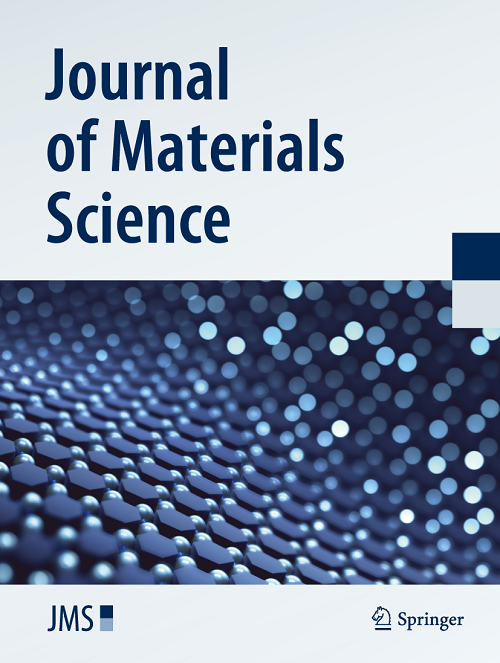残余奥氏体亚稳态对高碳调质钢变形诱发马氏体变异配对的影响
摘要
在这项工作中,高碳钢(0.65% C) with multiphase microstructure consisting of tempered martensite with nanotwins, lower bainite, and filmy and blocky retained austenite (RAF and RAB) was produced by combining pretempering and quenching–partition–tempering (QPT) heat treatments. The total elongation and fracture toughness increased from 8.3% and 29 MPa /m1/2 to 13.3% and 45 MPa/m1/2, whereas the ultimate tensile strength remained at approximately 2.3GPa with increasing partition time, which originated from the continuous transformation-induced plasticity (TRIP) effect and the local domain with high-density high-angle grain boundaries (HAGBs) during deformation-induced martensite transformation (DIMT). On the basis of detailed microstructural characterization, it was found that the formation of HAGB after deformation only evolves from unique martensite variant pairing selection with variant1(V1)/V2 (60°/[111]), which are promoted by plastic accommodation (\(\sigma_{Y} /\sigma_{{\gamma \to \alpha^{\prime}}}\) < 1) and suitable phase transformation driving force (\(\Delta G_{mech}\)) by strain-induced martensite transformation (SIMT) with factors including dislocation density, carbon content and grain size (less than 4 μm). Furthermore, a novel toughening method was proposed, that is, which consumes more energy for crack growth within the distorted crack propagation path via the generation of domains with high-density HAGBs with high-carbon content and refinement of the martensite block width via V1/V2 variant pairing selection during SIMT. Our findings provide insights into thermodynamics method to demonstrate the relationship between variant selection and the driving force for DIMT.Graphical abstractIn this work, high-carbon steel (0.65% C) with multiphase microstructure consisting of tempered martensite with nanotwins, lower bainite, and filmy and blocky retained austenite (RAF and RAB) was produced by combining pretempering and quenching–partition–tempering (QPT) heat treatments. The total elongation and fracture toughness increased from 8.3% and 29 MPa /m1/2 to 13.3% and 45 MPa/m1/2, whereas the ultimate tensile strength remained at approximately 2.3GPa with increasing partition time, which originated from the continuous transformation-induced plasticity (TRIP) effect and the local domain with high-density high-angle grain boundaries (HAGBs) during deformation-induced martensite transformation (DIMT). On the basis of detailed microstructural characterization, it was found that the formation of HAGB after deformation only evolves from unique martensite variant pairing selection with variant1(V1)/V2 (60°/[111]), which are promoted by plastic accommodation (\(\sigma_{Y} /\sigma_{{\gamma \to \alpha^{\prime}}}\) < 1) and suitable phase transformation driving force (\(\Delta G_{mech}\)) by strain-induced martensite transformation (SIMT) with factors including dislocation density, carbon content and grain size (less than 4 μm). Furthermore, a novel toughening method was proposed, that is, which consumes more energy for crack growth within the distorted crack propagation path via the generation of domains with high-density HAGBs with high-carbon content and refinement of the martensite block width via V1/V2 variant pairing selection during SIMT. Our findings provide insights into thermodynamics method to demonstrate the relationship between variant selection and the driving force for DIMT.
Graphical abstract

 求助内容:
求助内容: 应助结果提醒方式:
应助结果提醒方式:


